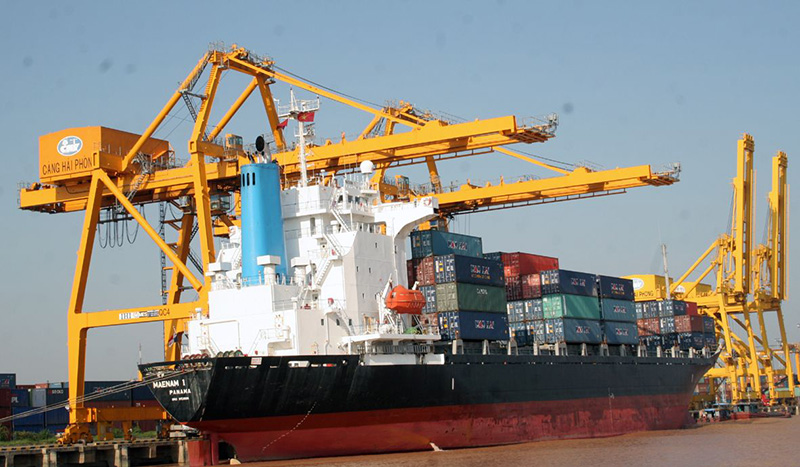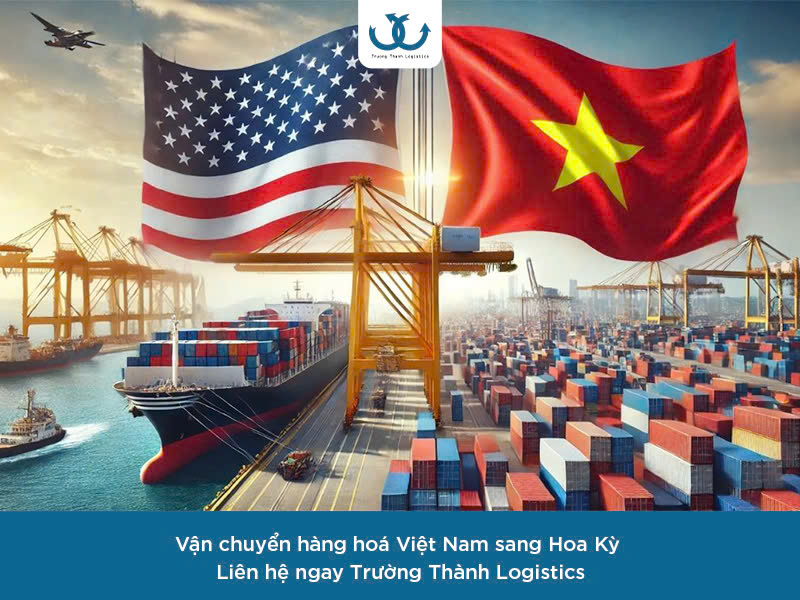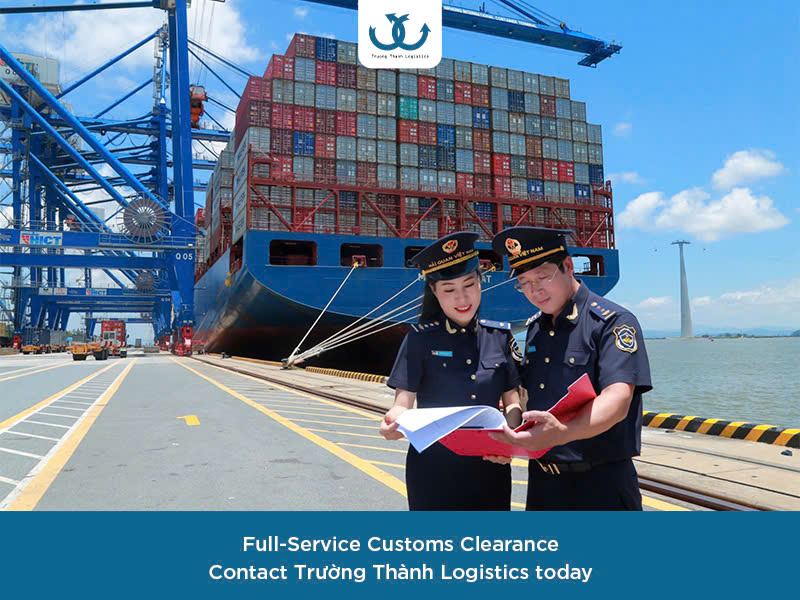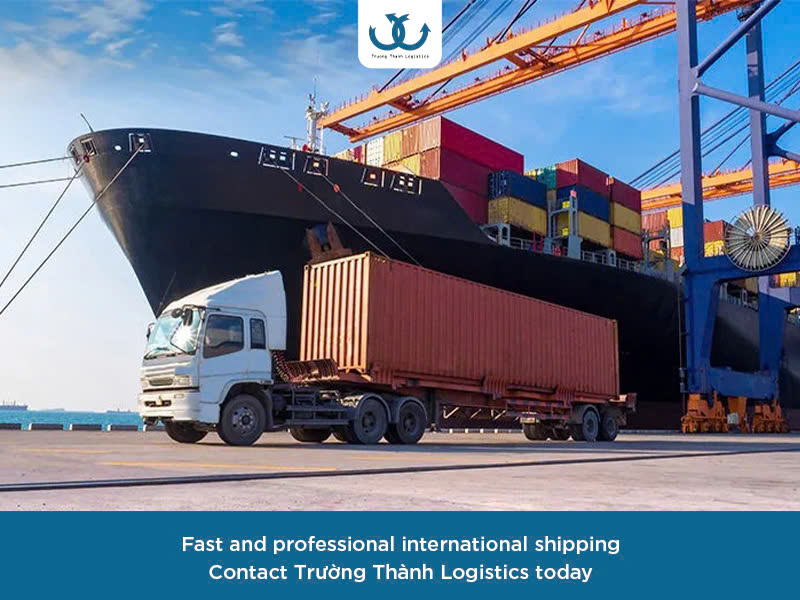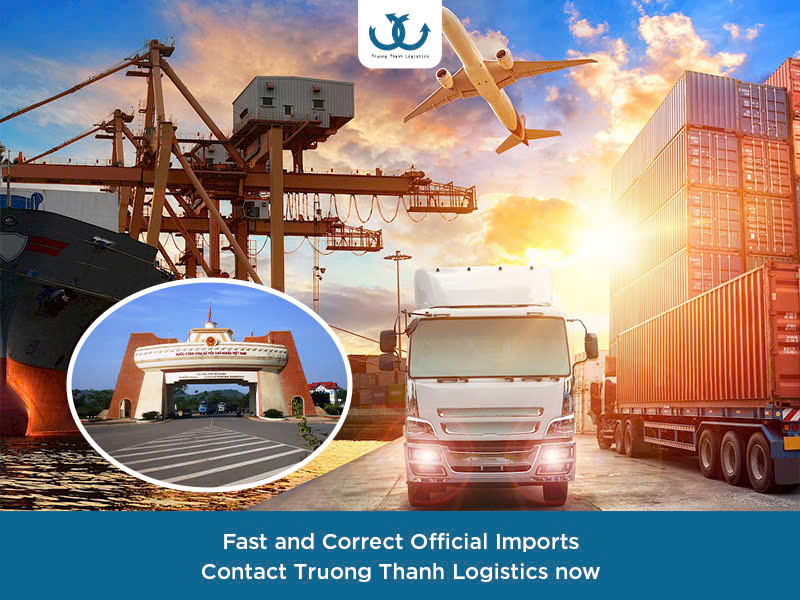In international trade, on-spot import is a specific form permitted by Vietnamese law. It facilitates transactions where imported goods don’t pass through international borders but are delivered directly within Vietnam.
This form frequently arises in outsourcing, manufacturing, assembly, or sales transactions between FDI (Foreign Direct Investment) enterprises and domestic businesses. However, many businesses misunderstand its nature and apply incorrect procedures, leading to legal risks and difficulties in tax management.
This article will help businesses understand what on-spot import is, as well as the entire process and related customs procedures.
1. What is On-Spot Import?
On-spot import is a form where a Vietnamese enterprise signs a sales contract with a foreign trader, but the goods aren’t imported from abroad. Instead, they’re delivered directly within Vietnamese territory, as designated by the foreign trader.
Practical Example: Enterprise A (Vietnam) signs a contract to purchase goods with Company B (Singapore). However, Company B doesn’t send the goods from Singapore but designates Company C (an FDI enterprise in an industrial park in Binh Duong) to deliver the goods directly to Enterprise A. This shipment is still considered an import – but the goods are delivered domestically.

2. Applicable Subjects and Cases
On-spot import typically arises in the following situations:
+ A domestic enterprise repurchases goods from a foreign trader, but the goods are delivered from an export processing enterprise, an FDI enterprise, or an industrial park within the country.
+ Goods are produced under an outsourcing contract, and the foreign trader designates the product to be delivered to another domestic enterprise (receiving goods domestically but still considered an import).
+ Other cases with clear designation from the foreign seller and accepted by the customs authority in accordance with regulations.
3. Conditions for On-Spot Import
To be considered a valid on-spot import, all of the following elements must be ensured:
+ There must be an international trade contract between the Vietnamese enterprise and the foreign trader.
+ There must be a written designation for domestic delivery from the foreign trader.
+ There must be proof of foreign currency payment from Vietnam to abroad.
+ There must be an on-spot import customs declaration.
+ There must be complete accompanying documents: commercial invoice, certificate of origin, and packing list if necessary.
4. On-Spot Import Procedure
Step 1: Prepare Documents
+ International trade contract
+ Written designation for on-spot delivery (from the foreign party)
+ Commercial invoice
+ Domestic transportation documents (if any)
+ International payment documents (L/C, T/T, etc.)
+ Goods receipt and delivery note
+ Any necessary licenses or specialized inspection certificates if the goods require them.
Step 2: Open On-Spot Import Declaration
The importing enterprise opens an on-spot import customs declaration on the customs system (VNACCS), selecting the type “On-spot Import – E31”, and fully declares information such as HS code, value, origin, etc.
Step 3: Delivering Party Opens Corresponding On-Spot Export Declaration
The delivering unit (FDI enterprise, industrial park, etc.) opens a corresponding on-spot export declaration – E62. Both parties need to coordinate information to ensure the pair of declarations match.
Step 4: Goods Delivery and Completion Confirmation
Both parties conduct the actual goods delivery, sign a handover minute, and cross-check documents. Afterward, the customs declaration is confirmed as completed on the system.
5. Important Notes
+ Do not use VAT invoices: This is a transaction under a foreign contract, so a commercial invoice should be used, not a red (VAT) invoice.
+ Clearly distinguish between contract and payment documents: It must be a transaction with a foreign trader, with foreign currency payment made through a bank.
+ Declare the correct type: E42 and A42 are the most common pairs of on-spot export-import declarations. Incorrect declarations will result in no tax refund and potential penalties.
+ There must be a clear written delivery instruction, including full information of both the delivering and receiving parties in Vietnam.
+ Retain full records for customs finalization, tax audits, and post-clearance procedures.

6. Truong Thanh Logistics – Professional On-Spot Import Declaration Support
With experience handling hundreds of on-spot import-export dossiers annually, Truong Thanh Logistics provides comprehensive solutions for businesses:
+ Error checking and guidance on preparing correct documentation.
+ Accurate and fast customs declaration.
+ Consultation on international payments and delivery instructions.
+ Support in resolving issues with customs.
+ Assistance with tax refund procedures (if applicable).
7. Frequently Asked Questions (FAQ) about On-Spot Import
Does on-spot import require opening a customs declaration? Yes. Although goods are delivered domestically, since this is a form of import from a foreign trader, a customs declaration of type A42 must still be opened. Simultaneously, the delivering party must also open an on-spot export declaration of type E42 or E45, depending on the case.
Can a domestic enterprise directly sell goods to an FDI enterprise as an on-spot import?
No. This form is only valid when there is an international trade contract with a foreign party, and the foreign party designates a domestic enterprise to deliver goods to an FDI enterprise in Vietnam. If the two parties directly transact domestically, it’s not called on-spot import but a normal domestic sale.
What kind of invoice should be used in an on-spot import transaction?
Businesses should not use VAT invoices (red invoices). Instead, a commercial invoice must be issued in accordance with international practices, as this is a transaction under an international trade contract.
Is VAT refundable for on-spot imported goods? It can be, if all conditions stipulated by the VAT Law and Circular 219/2013/TT-BTC are met. Businesses need to retain complete records: international trade contract, bank payment documents, customs declaration, commercial invoice, and written delivery instruction.
Are on-spot import customs procedures simpler than regular import procedures?
No. Although they don’t pass through a border gate, the steps for customs declaration, document cross-checking, declaration channeling, etc., are still fully performed like a formal import shipment. In fact, they may require even more thoroughness to avoid confusion due to domestic delivery.
Can an incorrect type be declared (A12 instead of A42) if goods are on-spot imported? Absolutely not. Declaring the wrong type can lead to:
+ Non-acceptance by the customs authority.
+ No tax refund.
+ Administrative penalties.
+ Impact on customs credibility and finalization records. Therefore, it’s crucial to declare the correct type and adhere to the E42 – A42 pair of declarations.
On-spot import is a flexible trade form, frequently encountered in supply chains with foreign elements. Although it doesn’t involve international transportation, it is still a genuine import-export transaction, requiring businesses to understand the regulations to perform it correctly, completely, and in compliance.
Truong Thanh Logistics is committed to accompanying businesses, ensuring all on-spot import procedures are simple, transparent, and legally compliant.
For assistance with import and export information, international freight, sea transport or import entrustment, please contact Truong Thanh Logistics at the address:
Truong Thanh Logistics – Dedication, Prestige
Hotline: 0915 36 38 39
Headquarter: 5th Floor, Tower A, Song Da Building, Pham Hung, Nam Tu Liem, Hanoi.
Email: sale@truongthanhjsc.com
info@truongthanhlogistics.com
Website: www.truongthanhlogistics.com
Hai Phong Branch
Address: R.A11, TTC Building, 630 Le Thanh Tong, Hai An, Hai Phong
Da Nang Branch
Address: 27 Nguyen Ba Lan, My An Ward, Ngu Hanh Son District, Da Nang.
HCMC Branch
Address: Room 41, 4th floor, Casanova building, 85 Nguyen Son street, Phu Thanh ward, Tan Phu district, Ho Chi Minh City




